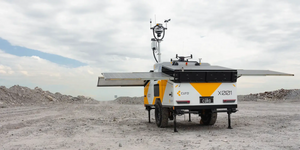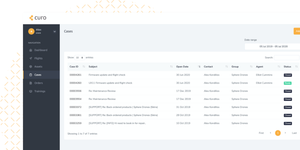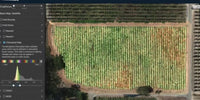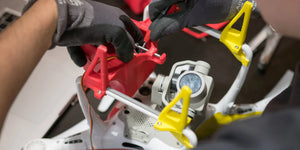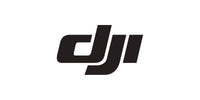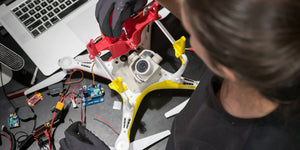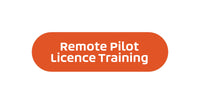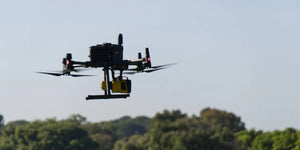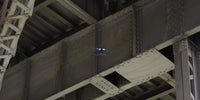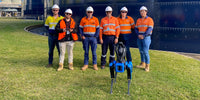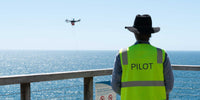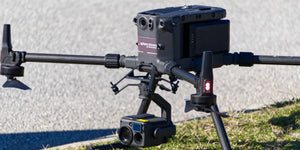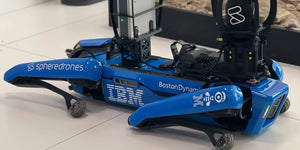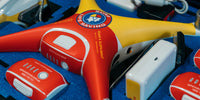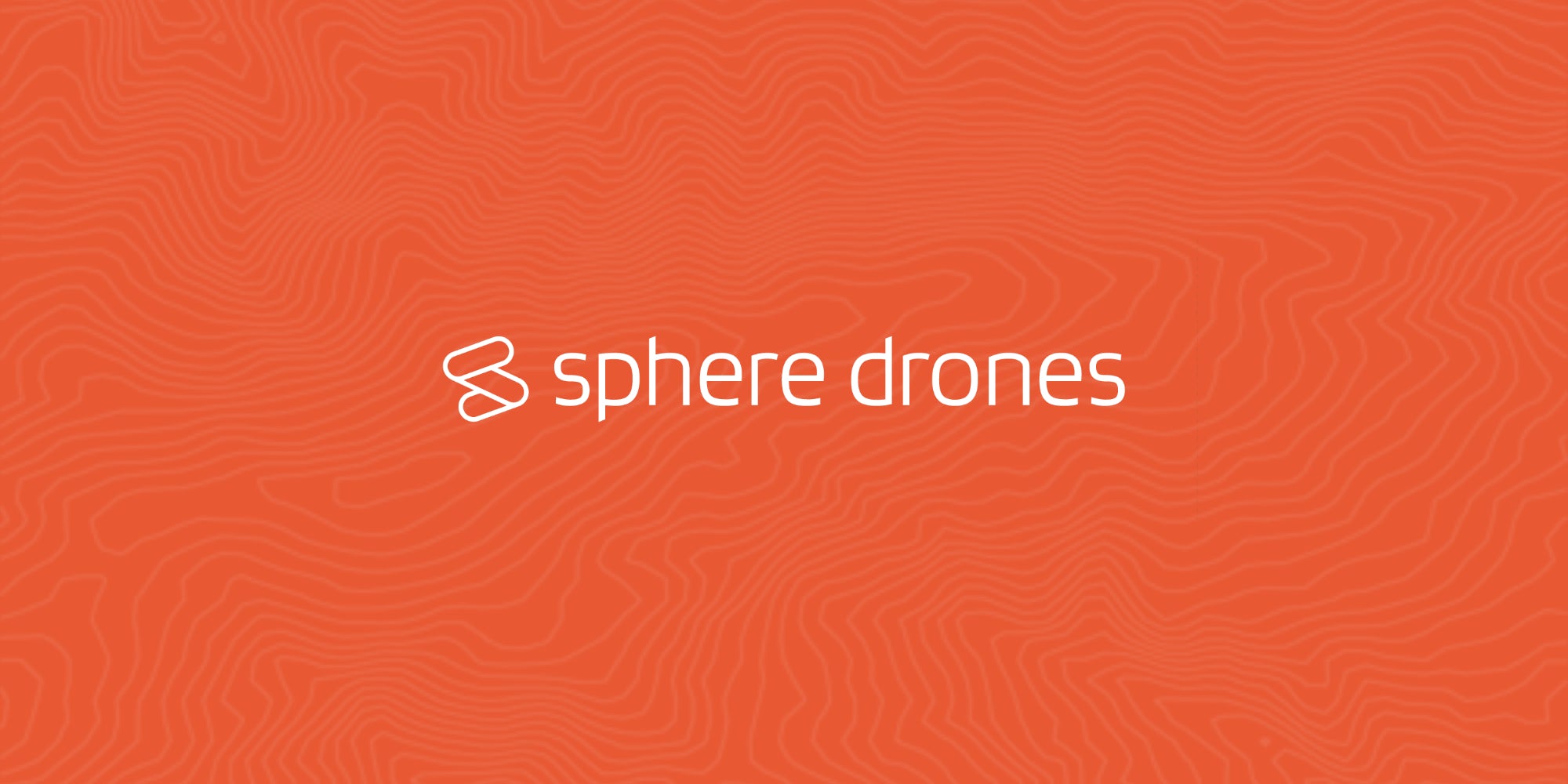Battle of the Drones - DJI Phantom 3 vs 3DR Solo
It is very exciting times for the drone industry with many new drones announced at NAB 2015. The two standouts that were announced are the DJI Phantom 3, the upgrade from the already very successful DJI Phantom 2, the Phantom 3 looks to have some very nice upgrades that make it a perfect drone for a first time buyer. The other standout and a great competitor with the DJI Phantom 3 is the new drone from 3D Robotics, the Solo drone. This drone has some amazing features and is the perfect drone for people who already have a GoPro or are looking to upgrade their DJI Phantom 2 with GoPro. Both drones have outstanding specs, but which is the right drone for you? Find out below.


Design
The Phantom 3 has that familiar Phantom 2 design with the shape of the shell roughly the same, the only difference in the Phantom 3 is the middle of the shell is a bit wider and sturdier. The body construction of the Phantom 3 feels more robust which is a big plus for drone pilots. The landing gear are a lot more stable now as well. The Phantom 3 also features on the bottom of the drone an Optical Flow vision positioning system which allows users to fly the drone indoors without the use of GPS satellites. A great feature to this new Phantom.
3DR's Solo body design is sleek and blacked out, a vast improvement on their previous quadcopter the IRIS +, the Solo looks a lot more durable in it's design. The black body looks great and the body is bit longer in size than the Phantom 3 as you can see the battery compartment, found on the top of the drone, makes the body look more rectangular. 3DR have have designed their Solo drone to be compatible with future upgrades. Things like upgraded batteries that might be taller can fit into the drone, and they have also include an accessory bay on the bottom of the drone which opens up the open source world and third party companies to design extra hardware parts for the Solo, a very neat feature indeed.


Controller
The controller on the Phantom 3 is of similar design to the Inspire 1 remote. Featuring buttons to stop and start recording, a designated shutter button, return to home, manual exposure and two customisable buttons on the back the Phantom controller is very accommodating for users. It also features an iPhone/iPad or Android device holder which folds out and extends to fit larger devices. On the back of the remote there is one USB port to plug your device into and another mini USB port that will be used for future firmware upgrades.
The 3D Robotics controller has taken on a new design that looks familiar to a gaming controller with ergonomic toggles on the back of the remote for camera tilt, and camera preset modes. It is the only remote on the drone market that features a 1GHz computer inside of it that directly speaks to the computer inside of the drone. This opens up the drone to perform autonomous flight capabilities. The Solo remote also features customisable buttons on the front of the remote that can activate these smart shots such as cable cam or orbit. It also features a pause button that you can press at any time which is an airbrake and will stop the Solo mid-flight. Overall the Solo remote is cleverly designed and a great addition to the Solo.


Camera
Both the Solo and the Phantom 3 can shoot 4k video up to 30 frames per second, for the Solo this is via the GoPro Hero 4 Black edition and for the Phantom 3 this is via the included DJI camera on the professional model. Both drones provide live HD streaming back to the in built application. The Solo can receive signal up to 0.5 miles away and the Phantom 3 1.2 miles away.
The GoPro Black Edition has the advantage of being able to film higher frame rates of up to 120 frames per second at Full HD resolution. The Solo drone allows you to stop and start recording the GoPro via the application. Other advantages are that you have all the other features that the GoPro camera comes with, which is burst shooting photo modes, up to 30 photos in one second and time-lapse modes.
The advantages of the DJI camera is that is a 94 degree field of view, effectively a 35mm lens on a full frame camera. This removes any fisheye issues and keep the horizon straight, eliminating the need to correct in post production.


Price
The price of the Phantom 3 Professional model (capable of shooting 4K) is $1950.00 and $2099.00 with an extra battery.
The price of the Solo Drone by itself is $1799.00 but this is just the drone without the gimbal. The price of the drone gimbal comes in way above the Phantom 3 that at $2498.00 for the drone and the gimbal, and $2747.00 for the drone with an extra battery. This is not including the price of a GoPro Hero 4 Black edition.
